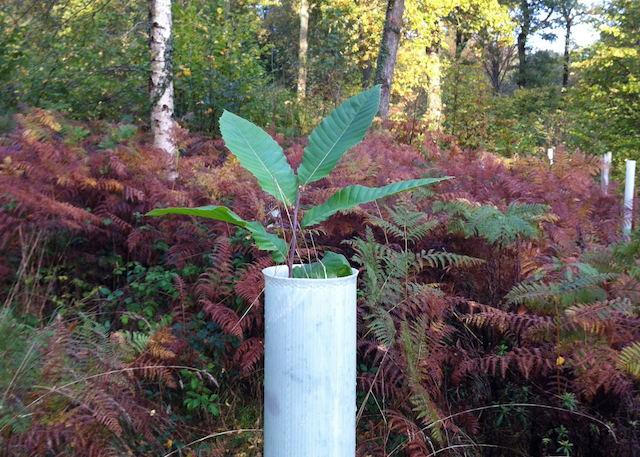The aim of conservation work at Hazel Hill Wood is to help accelerate the diversification of the woodland from commercial forest to a mixed-leaf woodland. Why? Because the more varied the woodland, the greater its likely resilience to a changing climate. Of course, in the normal course of things, the make-up of species in the wood would adapt in response to the changing climate. But these aren’t normal times. Human-induced climate breakdown is causing environmental conditions to change faster than the trees can respond. And so part of our work at the wood is to help accelerate this diversification process.
Continue reading “Seedling analogy – working with what is emergent”The Library of Systems Change
The Library of Systems Change helps us understand how we can make systemic change over time. It combines the future thinking of Bill Sharpe’s Three Horizons Model with the systems organisation of the Systems Bookcase. It is another model James Norman and I developed in ‘the Regenerative Structural Engineer’, but which can apply to any system in engineering. The overall effect is a compelling visual model for how a system might change over time.
Continue reading “The Library of Systems Change”The Systems Bookcase model
Have you every wondered why we make the engineering decisions we do? Why, despite decades of knowledge about the climate and ecological breakdown, we continue to design in a way that causes harm to our life-support systems. To help understand the driving forces behind design decisions, James Norman and I proposed the Systems Bookcase model in ‘the Regenerative Structural Engineer’.
Continue reading “The Systems Bookcase model”


